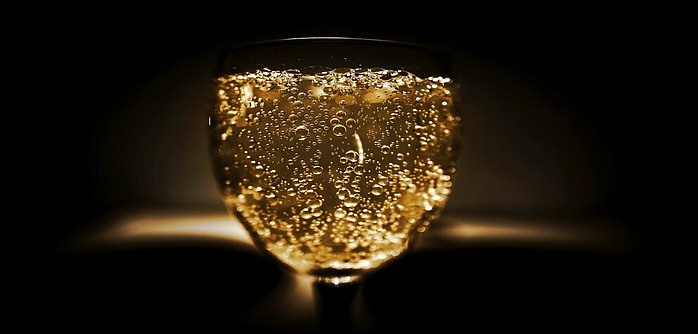Like everything in today’s consumer society, wine is subject to trends. As a rule, trends are created somewhere far from us, yet according to some other rule, they more or less arrive back to us. Let’s look at wine trends for 2024.
Trends are influenced by everything from social welfare and consumer awareness to climate and geopolitical changes. In recent years, wine trends generally advocate less alcohol in wine, more pronounced aromatics and freshness, organic or sustainable production, and the discovery of lesser-known regions and varieties.
We tried to see which of the world’s wine trends could be adopted on the domestic wine scene in 2024.
Ours Is the Best becoming a Wine Trends For 2024
The trend to drink locally is one of the most widespread worldwide in recent years and certainly makes the most sense! The upcoming year will not be an exception here, especially when many foreign tourists come, eager to “do in Rome what the Romans do.”
Bubbles Remain a Wine Trends For 2024
This is something that has already taken off in the world, and here, more and more people realize that sparkling wine is not only drunk when Santa Claus comes or when a child is born, but it is the best companion to many dishes and the best social chat companion at a bar. The increased interest has brought into focus many other sparkling wines besides traditional champagne, so Italian prosecco or Franciacorta, Spanish Cava, or an increasing number of good domestic sparkling wines can be found more often in all wine shops and stores.
A particular witness is the organic pet-nat sparkling wine, whose popularity is limited mainly to the younger audience, or precisely because of this, they play a significant role in creating trends.
White Is the New Black
For a long time, serious wine drinkers were considered to drink only red wine, even here in our country. That’s it now. Today, white wines are finally treated with equal respect, but the assumption is that their popularity will only increase as the years get longer and warmer. The fact that more and more people are turning to lighter meals also works in favor of this, which certainly goes hand in hand with white wines.
In the world, the focus is on the white wines of Burgundy and the Rhône, the ubiquitous Chardonnay and Sauvignon Blanc from the New World, German Riesling, the wines of Alsace and Alto Adige, while in our region, the “white wave” is led primarily by local white varieties – Riesling, Malvasia, Rebula, Šipon – and then a good number of Sauvignon and Chardonnay.
All in all, white wines from the region could be one of the main trends of the year ahead.
Rose Strikes Back
In recent years, rose wines have grown from an annual trend to a permanent feature on the wine list. This also happened in Slovenia, so in the next year, you can expect an increasing number of premium-label pink wines from the most reputable Slovenian wineries.
Less Alcohol, More Satisfaction
The fact that the trend of reducing alcohol in wines is spreading worldwide is no longer news. It will likely intensify even further, although different winds are still blowing in Slovenia. However, be prepared for some Slovenian low-alcohol wine surprises, especially regarding cviček, which is Slovenian traditional. Still, there are also increasingly popular Rieslings where it will no longer be a surprise if the alcohol level does not exceed 11%!
Wine Footprint
Here is something that will probably have to wait until consumers in all countries recognize it as important, or as it has become more popular in certain countries of the world – the carbon footprint of wine! Namely, an increasing number of wineries understand the necessity of production changes to cope with increasingly pronounced climate changes.
Self-sustainability of the vineyard, and regenerative agriculture, minimal water consumption in irrigation are becoming essential, but do not be surprised if even top-quality wines begin to be packaged in lighter bottles in order to reduce the impact of the transport of cargo and the use of materials on the product’s carbon footprint. This becomes especially important for younger wine lovers who demand greater transparency in the production of everything, including wine. Or, as we said, this trend will have to wait a little longer until it reaches our winemakers and wine lovers.
